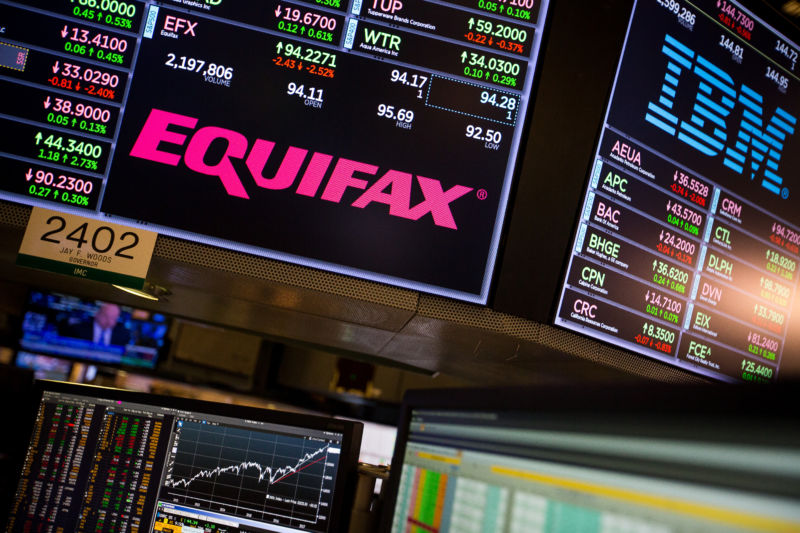You’re Probably Not Going To Get $125 From The Equifax Settlement

If you haven’t already filed a claim for cash compensation in response to the Equifax breach, you might be out of luck. The company is no longer offering payouts in lieu of credit monitoring.
The Federal Trade Commission page devoted to the settlement it announced with Equifax last week was updated July 31 to say that any consumer affected can claim up to 10 years of free credit monitoring. “Previously, a cash payment was identified as an option,” the site now adds, “but there are limited funds available.”
The FTC said in a statement that “public response to the settlement has been overwhelming.” In a separate blog post, the commission said the “unexpected number of claims” would result in claimants not getting the money they thought.
Is the response really so “unexpected?”
In return for leaking highly sensitive personal data on about 147 million consumers, about 45% of the entire US population, the company will pay at least $575 million. A minimum of $300 million goes into a fund to pay for compensating consumers who were affected, and that fund can get boosted by another $125 million if the initial $300 million isn’t enough to compensate all consumers who make claims.
Equifax will pay another $175 million in fines to be split up among the 50 attorneys general who agreed to settle their suits, representing 48 states, Washington DC, and Puerto Rico, and $100 million in penalties to the Consumer Financial Protection Bureau.
Under the terms of the settlement, consumers can make three separate kinds of claims: one for credit monitoring, one to compensate for time spent dealing with Equifax’s mess, and one to reimburse you for actual identity theft or fraud suffered as a result of the breach.
Initially, consumers who already have credit monitoring services (as millions do) could choose to claim a $125 cash payment in lieu of the service. Legions of sites, including us, suggested their readers do so, as credit monitoring solutions are not only ubiquitous but also frequently ineffective.
However, the bucket for paying out cash-alternative claims is capped at $31 million—about 10% of the overall claim compensation fund Equifax set aside. The obvious question, therefore, is: what is the other 90% getting used for?
Equifax in a statement last week said the fund was to “pay benefits to consumers, court-approved fees and costs of class counsel and service awards to the named class representatives, and other expenses.” Consumers can also claim up to $500 for time spent and up to $20,000 for suffering identity theft, to be paid out from the same fund. But it seems likely there will be many fewer claimants seeking high-value reimbursement than claimants seeking the $125 credit monitoring alternative, as those claims require a much higher bar of proof.
Update: In response to our questions about why the alternate compensation was capped at $31 million, an FTC spokesman said, “The settlement was designed with the 10-year credit monitoring product as the primary source of relief for affected consumers because it was viewed as the best source of future protection from identity theft (and includes $1 million in identity theft insurance). It is provided by a third party and not Equifax. That part of the fund is not capped. At the same time, we also wanted to save enough money in the fund for those who were actual victims of identity theft to get some reimbursement. The option for up to $125 reimbursement was added as an alternative compensation for those who wanted to get credit monitoring on their own.”
READ MORE HERE
